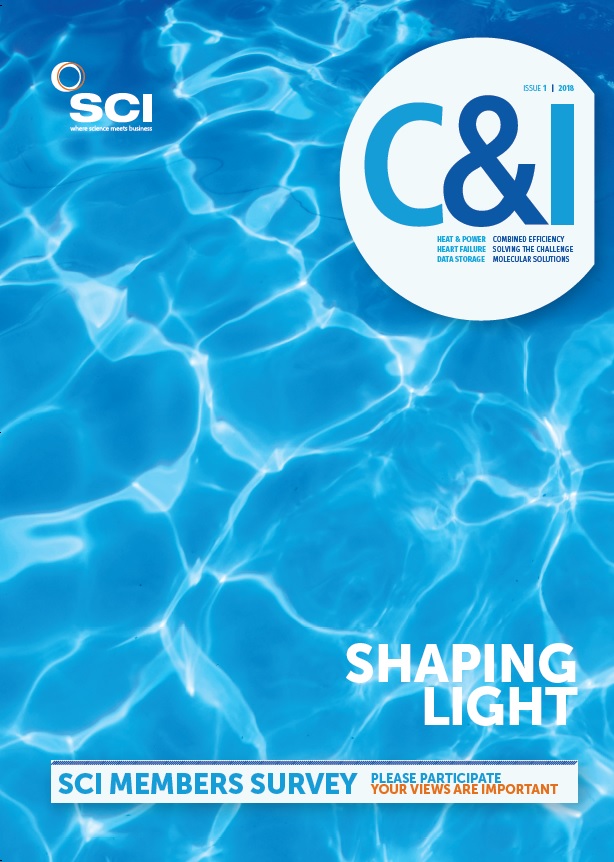It’s well known that the oceans are becoming more acidic as they absorb increasing amounts of CO2 from the atmosphere. Now, German researchers say they have found the first evidence that this is happening in freshwaters, too, with potentially widespread effects on ecosystems.
‘Many current investigations describe tremendous effects of rising CO2 levels on marine ecosystems,’ says Linda Weiss at Ruhr-University Bochum: acidic oceans can have major impacts on marine food webs, nutrient cycles, overall productivity and biodiversity. ‘However, freshwater ecosystems have been largely overlooked,’ she adds.
Weiss and colleagues looked at four freshwater reservoirs in Germany (Current Biology, doi: http://dx.doi.org/10.1016/j.cub.2017.12.022). Their analysis of data over 35 years – from 1981 to 2015 – confirmed a continuous increase in CO2, measured as the partial pressure or pCO2, and an associated decrease in pH of about 0.3, suggesting that freshwaters may acidify at a faster rate than the oceans.
In lab studies, the team also investigated the effects of higher acidity on two species of freshwater crustaceans called Daphnia, or water fleas. Daphnia found in lakes, ponds and reservoirs are an important primary food source for many larger animals.
When Daphnia sense that predators are around, they respond by producing ‘helmets’ and spikes that make them harder to eat. Weiss found that high levels of CO2 reduce Daphnia’s ability to detect predators. ‘This reduces the expression of morphological defences, rendering them more vulnerable,’ she says.
The team suggest that CO2 alters chemical communication between species, which could have knock-on effects throughout the whole ecosystem. Many fish learn to use chemical cues from injured species to detect predatory threats and move away from danger, for example.
Cory Suski, an ecologist at the University of Illinois at Urbana-Champaign, US, says he is not aware of many other data sets showing trends in CO2 abundance in freshwater over an extended time. Also, he notes: ‘A lot of the work to date in this area has revolved around behavioural or physiological responses to elevated CO2, so a morphological change is novel.’
But he points out that it is difficult to predict how this change could impact aquatic ecosystems, or whether this may be a global phenomenon, simply because of the complex nature of CO2 in freshwater. The amount of CO2 in freshwater is driven by a number of factors including geology, land use, water chemistry, precipitation patterns and aquatic respiration.

